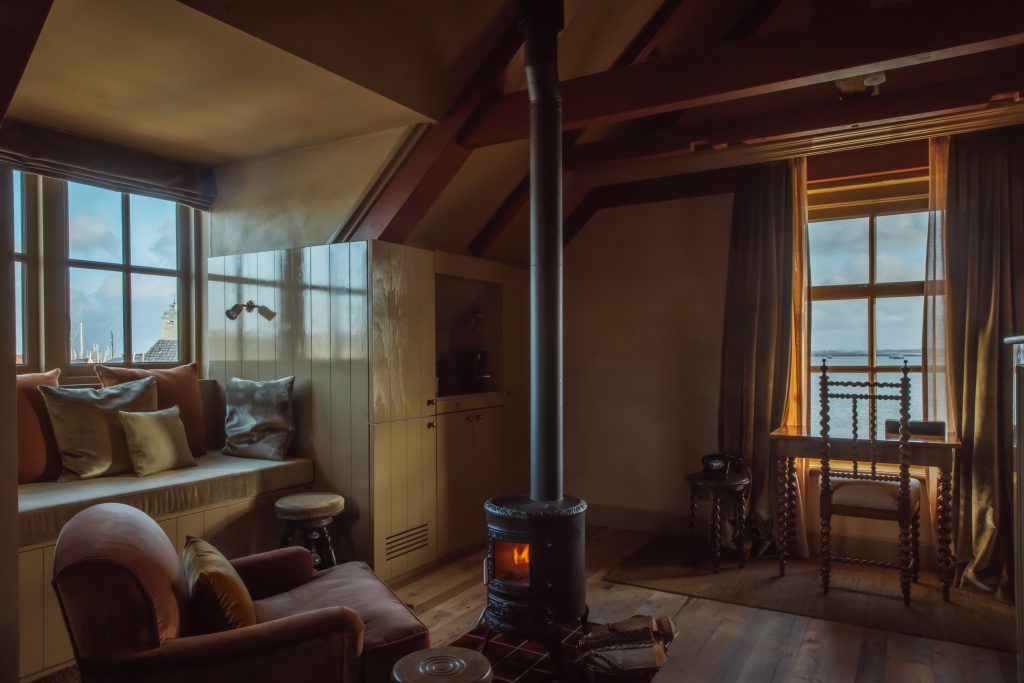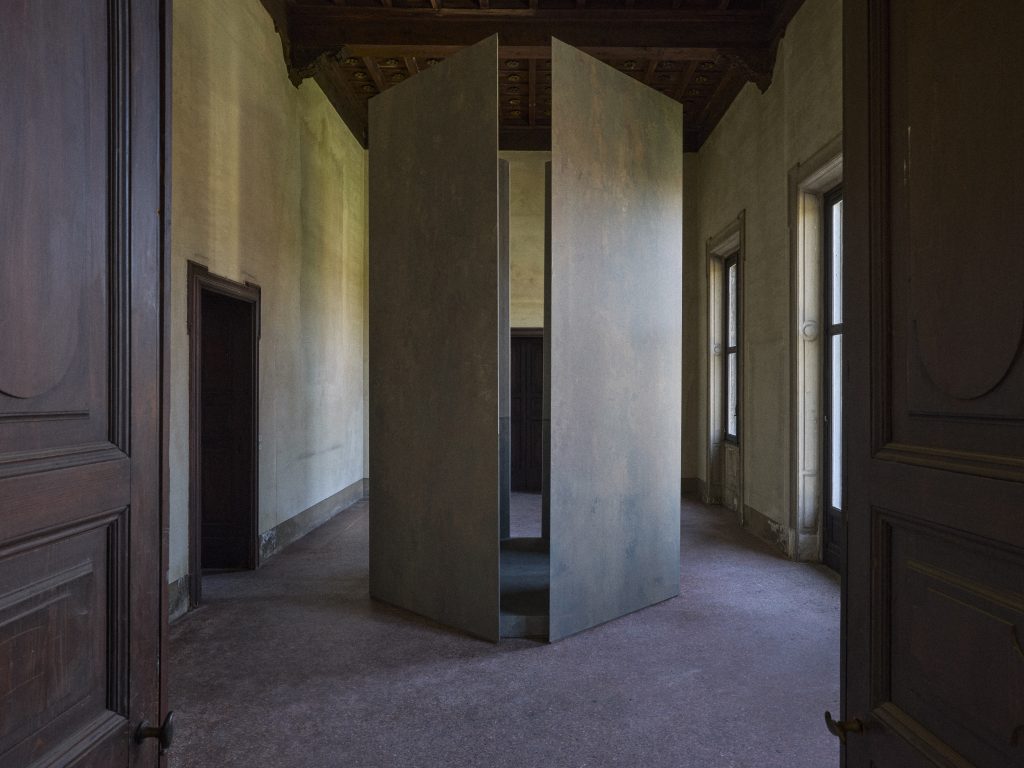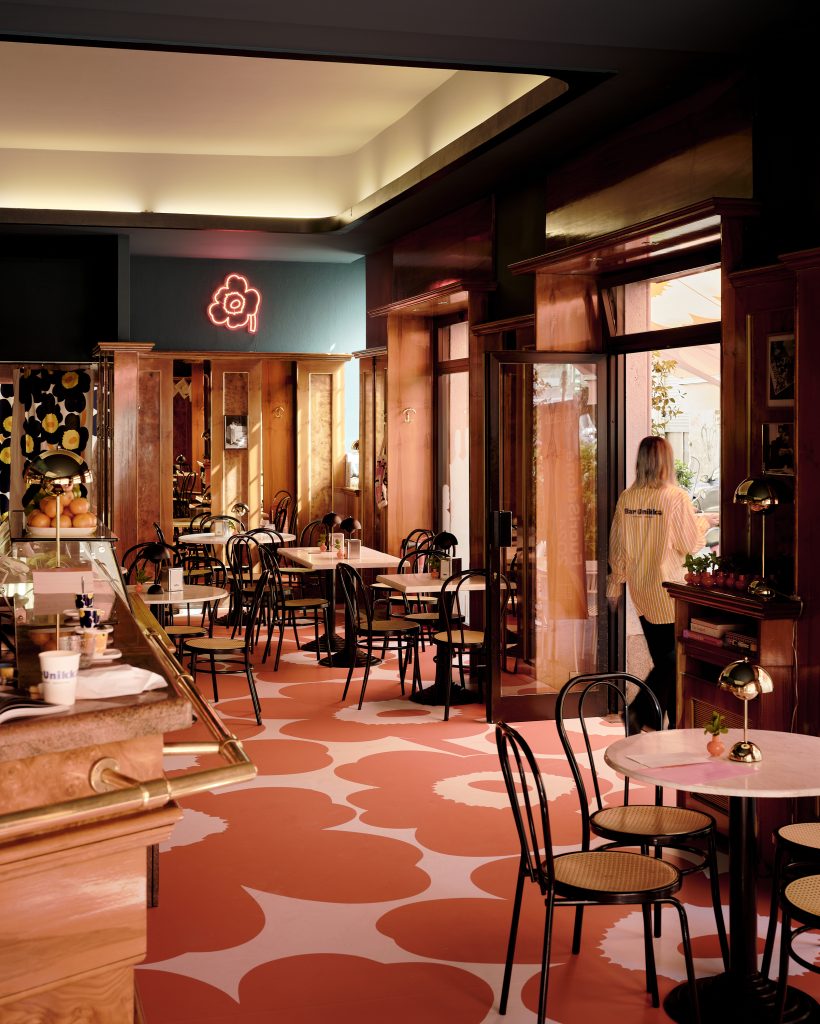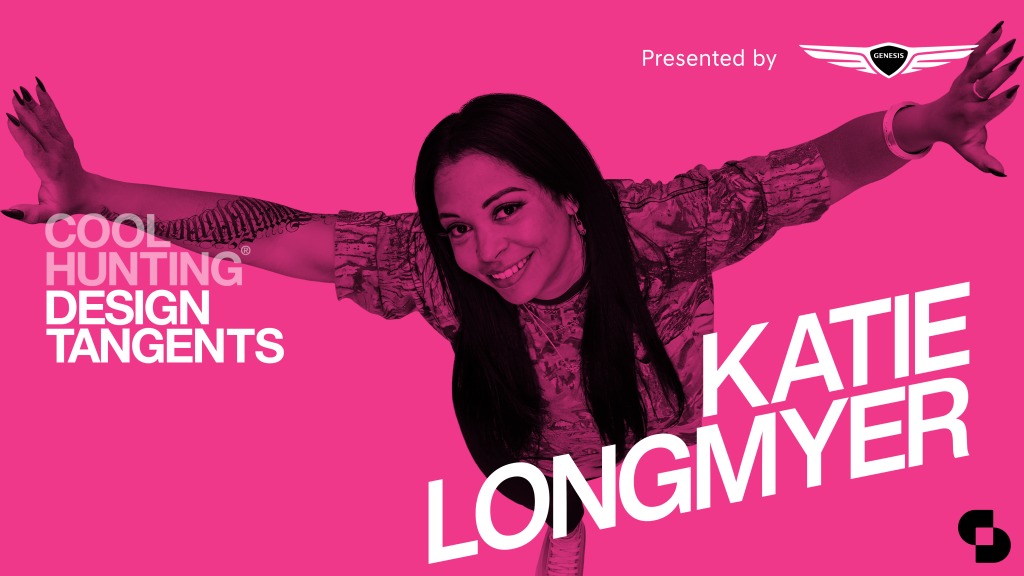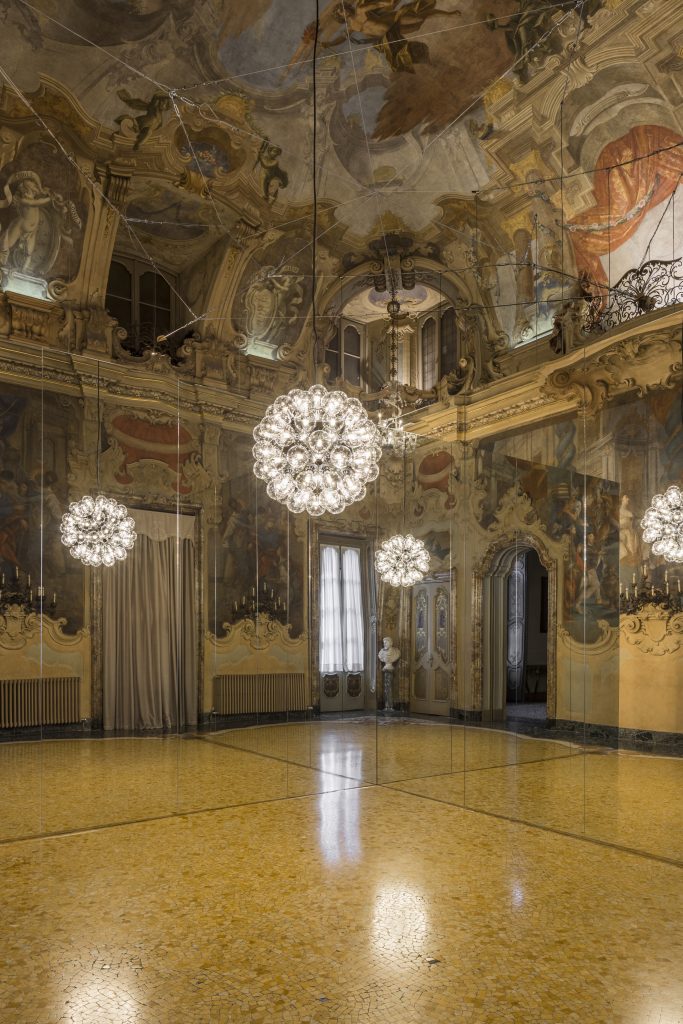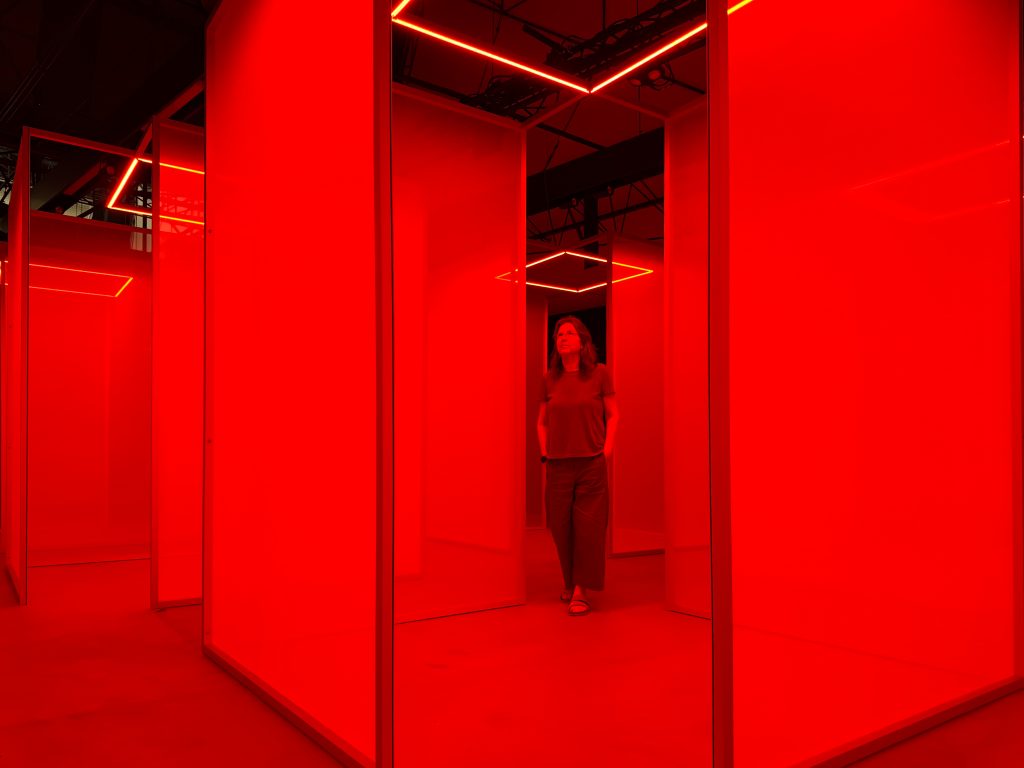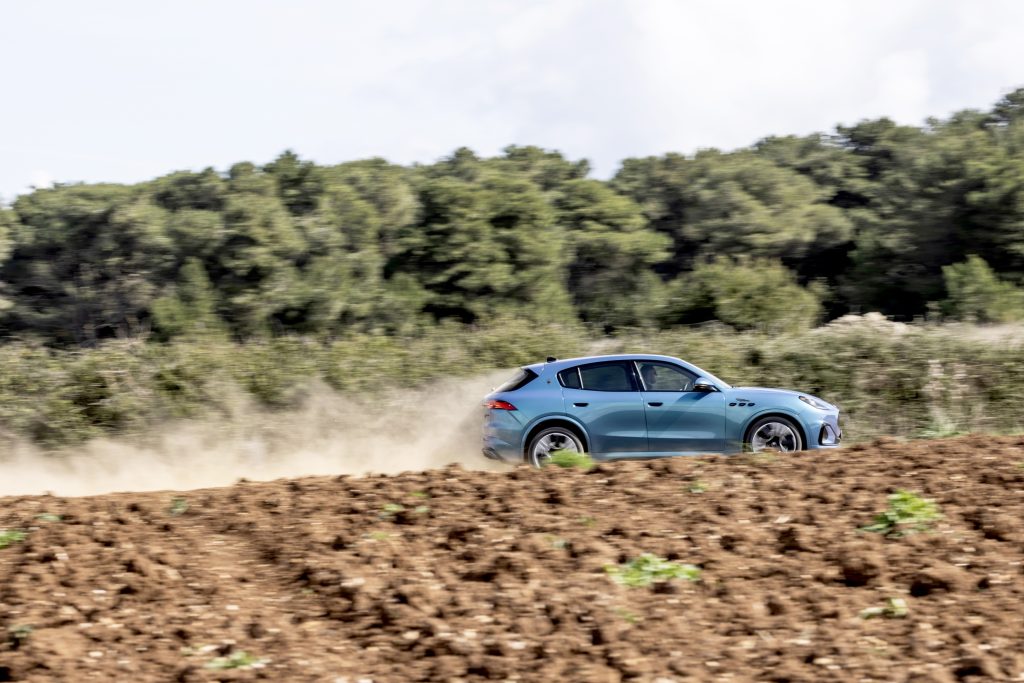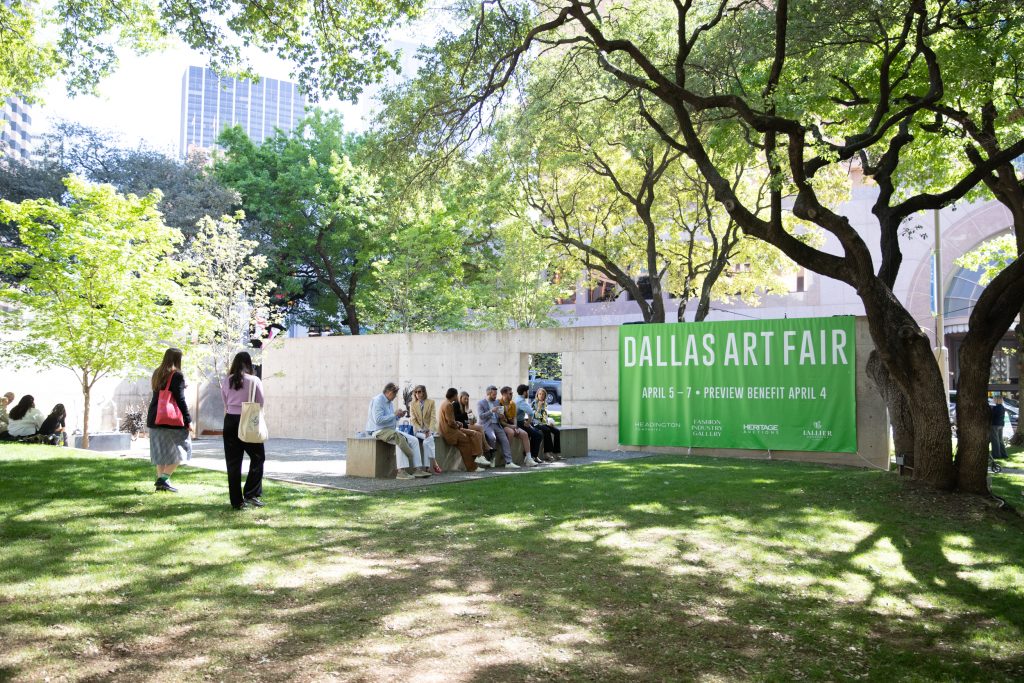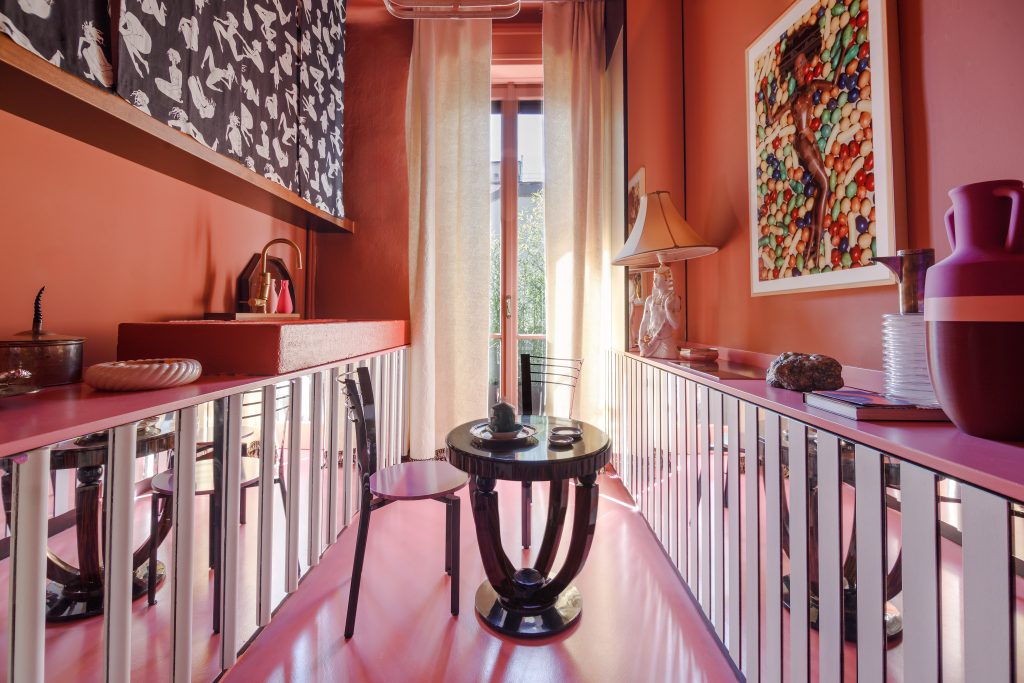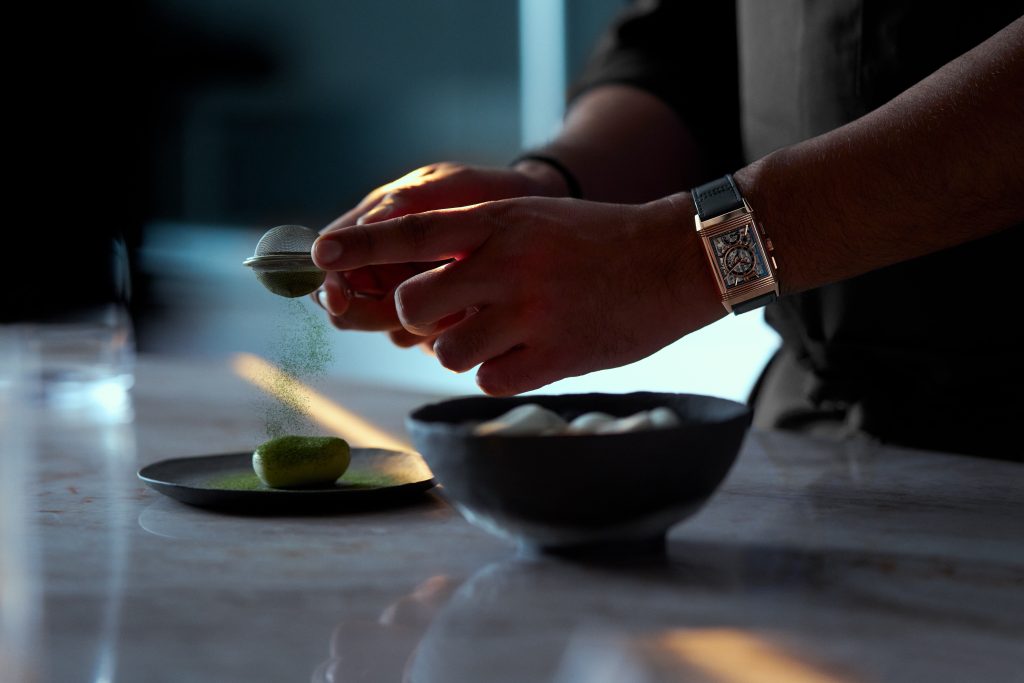Dubai Design Week 2018: Highlights From the Global Grad Show
Exploring the theme “Belief in AI,” many students approached their projects from a health and wellness perspective

With a salacious quote by Cedric Price, “Technology is the answer, but what was the question?” Brendan McGetrick opened the fourth edition of Dubai’s Global Grad Show, one of the main attractions of Dubai Design Week. For this year’s show, McGetrick selected 145 graduation projects by students from 85 design schools and universities across five continents. The theme, “Belief in AI,” centered on the necessary questions around artificial intelligence and its links with design, education, art, spirituality and beyond.
Regarding the theme, McGetrick explains, “I would say that they’re critical of it. Some of them are trying to figure out how AI can be used in an interesting and health-driven way. I think most people have this very lazy assumption that every young person is just loving technology—this is obviously not true. Many of them are saying, ‘Can we please just press pause on all this stuff and open up some space where we don’t have information and technology dictating everything?'”

It makes sense that many of the big questions addressed during the show focused on protection, health, vulnerability, life, and death. “What’s interesting is that ultimately, they’re all interested in fundamental, universal human experience,” McGetrick continues. “Regardless of the country and of the school program, the basics of life don’t change.” This is certainly evident in the works we’ve selected below as stand-outs.

Isabel Guia’s OMN
A graduate of Pontifical Catholic University of Rio de Janeiro, Isabel Guia created OMN, a temporary tattoo that allows the wearer to feel sound. This multi-sensory approach to sound offers new opportunities for the hearing impaired, as well as many potentially therapeutic options.

Gabriela Szalanska’s Practical Semi-Armour
Gabriela Szalanska (a graduate of the Academy of Fine Arts in Warsaw) thought of the millions of people who work from home when she conceived her project Practical Semi-Armour. Szalanska, who works from home herself, experienced aches and pains all over her body. Her humorous conceptual solution is a collection of objects that can be worn to help users keep the right position while working—whether at the kitchen table or on the sofa.
 By Paolo Ferrarini
By Paolo Ferrarini
Shaina Garfield’s Leaves Biocoffin
Leaves Biocoffin, a textile coffin by Shaina Garfield, tackles an incredibly delicate subject quite beautifully. Composed of netting and other biodegradable and reclaimed materials, the coffin makes burial more sustainable. The rope contains fungal spores to speed up decomposition and get rid of any toxins remaining. Garfield imagines that a tree will be planted on the burial site—a universal symbol of new life.
 By Paolo Ferrarini
By Paolo Ferrarini
Rishabh Singh’s Sahayak
Anyone who has been to an Indian train station knows that porters can carry a surprising number of suitcases, but the long-term health consequences of such actions can be devastating. Rishabh Singh’s Sahayak load-bearing backpack offers a solution. Weight can be put on a dedicated mechanism connected to the backpack, transferring part of the load from the head to shoulder, ultimately protecting the porter’s spine.

Yulia Stern’s Lightwear
From Offenbach University of Art and Design, Yulia Stern has designed a motorcycle jacket that makes the rider even more visible. Called Lightwear, the jacket features LED lights that are inserted into key positions and are turned on by sensors that measure angles, speed, acceleration and deceleration.

David Bursell’s Tardigrade
Another jacket that can help in extreme conditions, David Bursell’s Tardigrade is a transformable, life-sustaining device for use during natural disasters. It helps the wearer survive for three to seven days. The Lund University graduate’s product features joints, buckles and straps that mean it can be configured as a shelter, carrying system, hammock and more.

Diego Cuervo Ayala’s Silent T1D
Invented to help type 1 diabetics keep track of their blood glucose levels and, at the same time, deliver insulin exactly when needed, Silent T1D was designed by Diego Cuervo Ayala, a graduate of Savannah College of Art and Design. The tiny wearable device features a bluetooth bone-conduction headphone connected to a glucose monitor and a smart-patch fitted with micro-needles. A prototype for now, Silent T1D joins a range of advanced technologies that are extremely promising.

Mohamad Zairi Baharom’s Cliff
Designed for those dealing with Parkinson’s Disease, Cliff is a small device that allows the user to zip/unzip a garment without using their hands. Mohamad Zairi Baharom designed this simple yet ingenuous robot-like object at Eindhoven University of Technology.

Alissa Rees’s IV-Walk
From the Design Academy in Eindhoven, Alissa Rees spent lots of time at hospitals on a quest to envision a pragmatic new product. The IV-Walk is an intravenous system, but it’s worn across the torso—allowing patients to move freely, rather than dragging an IV pole around with them. Beyond practical, it could have substantial physical benefits for patients who are recuperating.

Laurin Schaffner’s Weave
For kids and teenagers (who are still growing) Weave is a prosthetic hand—in fact, various hands, each designed for specific activities. Created by Laurin Schaffner (who graduated from Zurich University of the Arts) in collaboration with SwissProsthetics, the prosthetic on view in Dubai was made for bike-riding, but there are many more with various uses.



